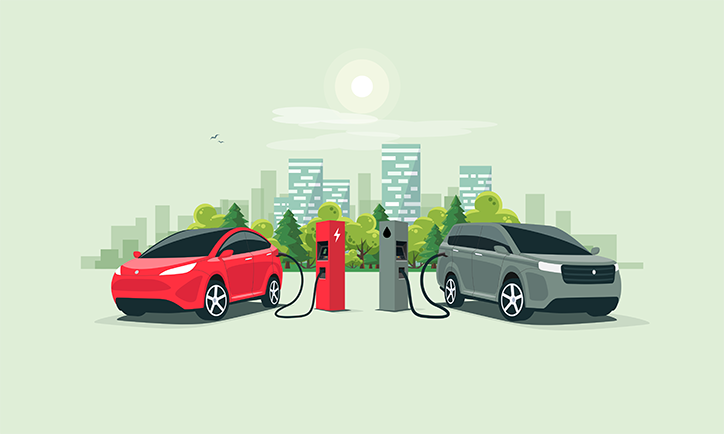
How to Spot a Great Deal on a Used Car | Caryano
Buying a used car can be a smart financial decision, but it requires diligence to ensure you’re getting a great deal. Here’s a comprehensive guide to help you identify the best deals and avoid costly mistakes.
1. Do Your Research
Before beginning your search, research the market value of the car models you’re interested in. Use resources like Kelley Blue Book (KBB), Edmunds, and NADA Guides to get an idea of fair pricing based on the car’s age, mileage, and condition.
2. Set a Budget
Determine how much you can afford, including not just the purchase price but also additional costs like insurance, taxes, registration, and potential maintenance.
3. Check the Vehicle History Report
Always request a vehicle history report from services like Carfax or AutoCheck. This report will reveal critical information, such as:
- Previous accidents
- Title issues (salvage, rebuilt, or flood damage)
- Odometer discrepancies
- Number of previous owners
- Service and maintenance records
4. Compare Listings
Don’t settle for the first car you find. Compare listings, including dealership websites, private seller marketplaces, and certified pre-owned (CPO) programs. Expand your search radius if possible to find better deals.
5. Look for Red Flags
Avoid deals that seem too good to be true. Watch out for:
- Extremely low prices compared to market value
- Sellers unwilling to provide a vehicle history report
- Inconsistent mileage or unusual wear and tear for the car’s age
- Salvage or rebuilt titles (these may indicate past severe damage)
6. Inspect the Car in Person
Once you’ve shortlisted a vehicle, inspect it thoroughly. Look for:
- Exterior: Check for dents, rust, paint inconsistencies, and panel gaps.
- Interior: Ensure seats, dashboard, and electronics are in good condition.
- Tires: Uneven wear may indicate alignment or suspension issues.
- Engine: Look for leaks, corrosion, or odd noises when running.
- Test Drive: Drive on different road types to assess braking, steering, and acceleration performance.
7. Get a Pre-Purchase Inspection
If possible, have a trusted mechanic conduct a pre-purchase inspection. They can spot hidden issues that could cost you money down the line.
8. Negotiate the Price
Armed with research and inspection results, negotiate for a fair price. Be prepared to walk away if the seller isn’t flexible or if something doesn’t feel right.
9. Verify Paperwork
Before closing the deal, ensure all necessary paperwork is in order:
- Title transfer
- Bill of sale
- Vehicle registration and emissions certification (if required in your state)
- Warranty details (if applicable)
10. Finalize the Purchase Securely
For private sales, complete the transaction in a secure location, such as a bank or DMV office. Avoid cash transactions; use a cashier’s check or a secure online payment method.
By following these steps, you’ll increase your chances of finding a reliable used car at a great price while avoiding common pitfalls. Happy car hunting!










